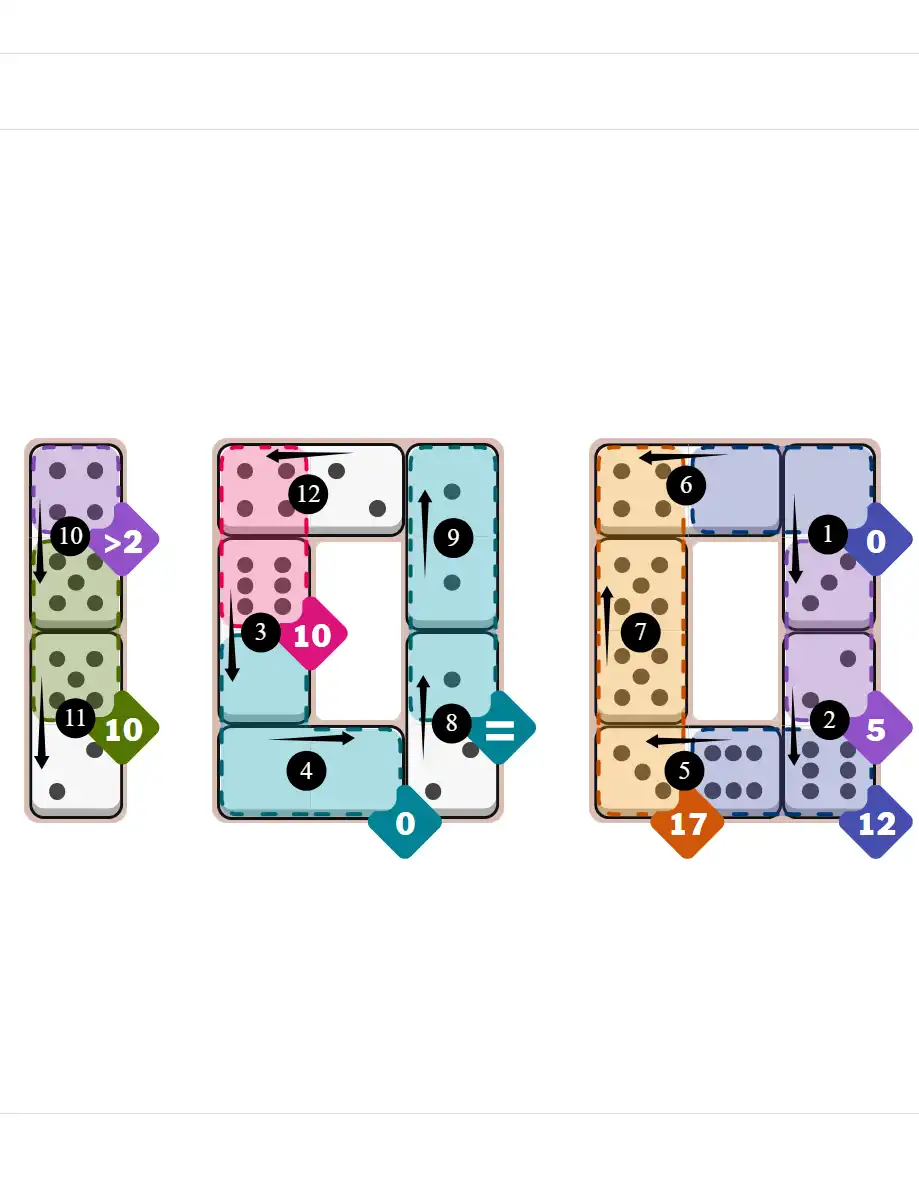🚨 SPOILER WARNING
This page contains the final **answer** and the complete **solution** to today's NYT Pips puzzle. If you haven't attempted the puzzle yet and want to try solving it yourself first, now's your chance!
Click here to play today's official NYT Pips game first.
Want hints instead? Scroll down for progressive clues that won't spoil the fun.
🎲 Today's Puzzle Overview
Tuesday, November 25, 2025, brings a sharply structured trio of Pips NYT puzzles, crafted for solvers who love measurable progress, clean logic pathways, and the satisfaction of refining their strategies day by day.
Under the careful editing of Ian Livengood, today’s lineup includes:
Easy #334 (5 dominoes), Medium #335 (7 dominoes), and Hard #336 (12 dominoes), designed by Ian Livengood and Rodolfo Kurchan.
The Easy puzzle focuses on efficient deduction, featuring a compact set of regions that encourage quick pattern identification: a vertical sum-7, a neatly arranged sum-16 trio, and a grounded sum-1 anchor that sets the tone for the grid’s structure.
Moving into Medium, complexity rises with three sculpted equals clusters, a tight sum-7 strip, and two empty anchor cells that subtly control puzzle flow—perfect for solvers who enjoy reading grid dynamics and comparing multiple Pips Hint approaches.
The Hard puzzle rounds out the set with a full analytical workout. Layered constraints include a greater-than-2 opener, sum targets of 10, 17, and 12, several zero-sum pockets, and a challenging four-cell equals block that rewards precise pip-value management.
For solvers who enjoy benchmarking performance, tracking progress by puzzle ID, or analyzing how each domino pair reshapes the grid’s geometry, the November 25 set functions like a complete logic laboratory.
Whether you’re reviewing your solving time, checking community-shared Pips Hint strategies, or studying structural patterns for long-term improvement, today’s puzzles offer a deeply satisfying analytical experience.
Written by Anna
Puzzle Analyst – Sophia
💡 Progressive Hints
Try these hints one at a time. Each hint becomes more specific to help you solve it yourself!
🎨 Pips Solver
Click a domino to place it on the board. You can also click the board, and the correct domino will appear.
✅ Final Answer & Complete Solution For Hard Level
The key to solving today's hard puzzle was identifying the placement for the critical dominoes highlighted in the starting grid. Once those were in place, the rest of the puzzle could be solved logically. See the final grid below to compare your solution.
Starting Position & Key First Steps

This image shows the initial puzzle grid for the hard level, with a few critical first placements highlighted.
Final Answer: The Solved Grid for Hard Mode

Compare this final grid with your own solution to see the correct placement of all dominoes.
🔧 Step-by-Step Answer Walkthrough For Easy Level
🔧 Step-by-Step Answer Walkthrough For Medium Level
🔧 Step-by-Step Answer Walkthrough For Hard Level
🎥 Unlock a key placement in today’s Pips NYT puzzle (November 25 2025) with this speedy highlight!
Witness the domino move that flips the board logic.




💬 Community Discussion
Leave your comment